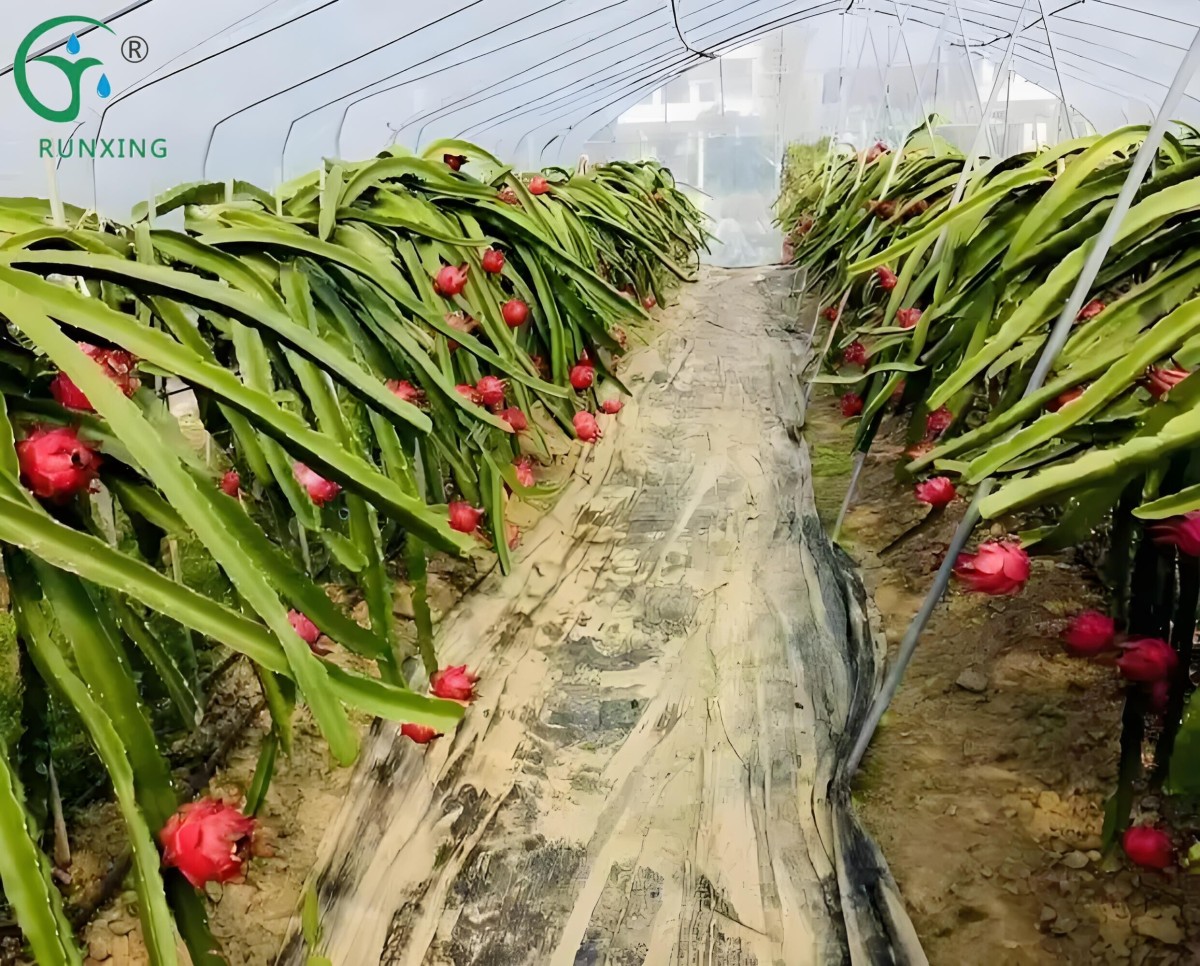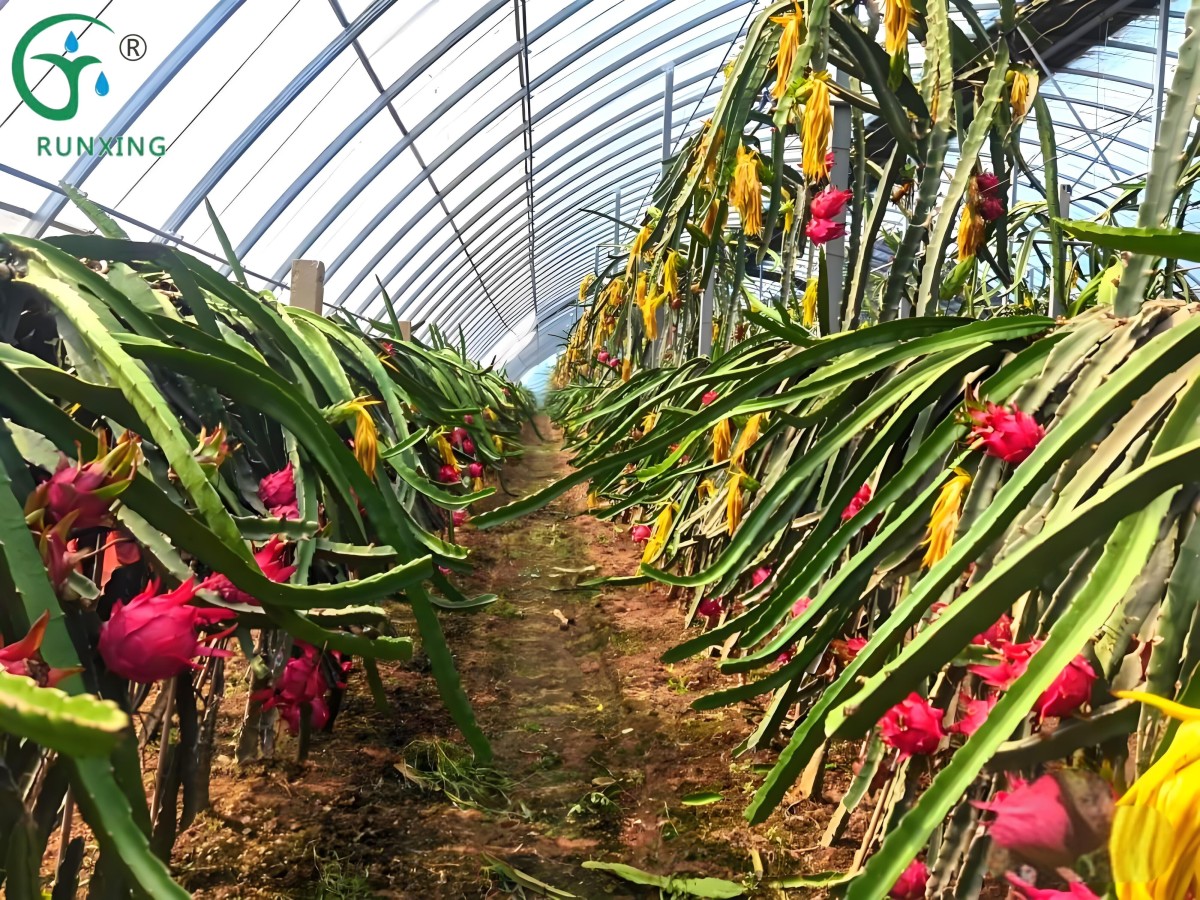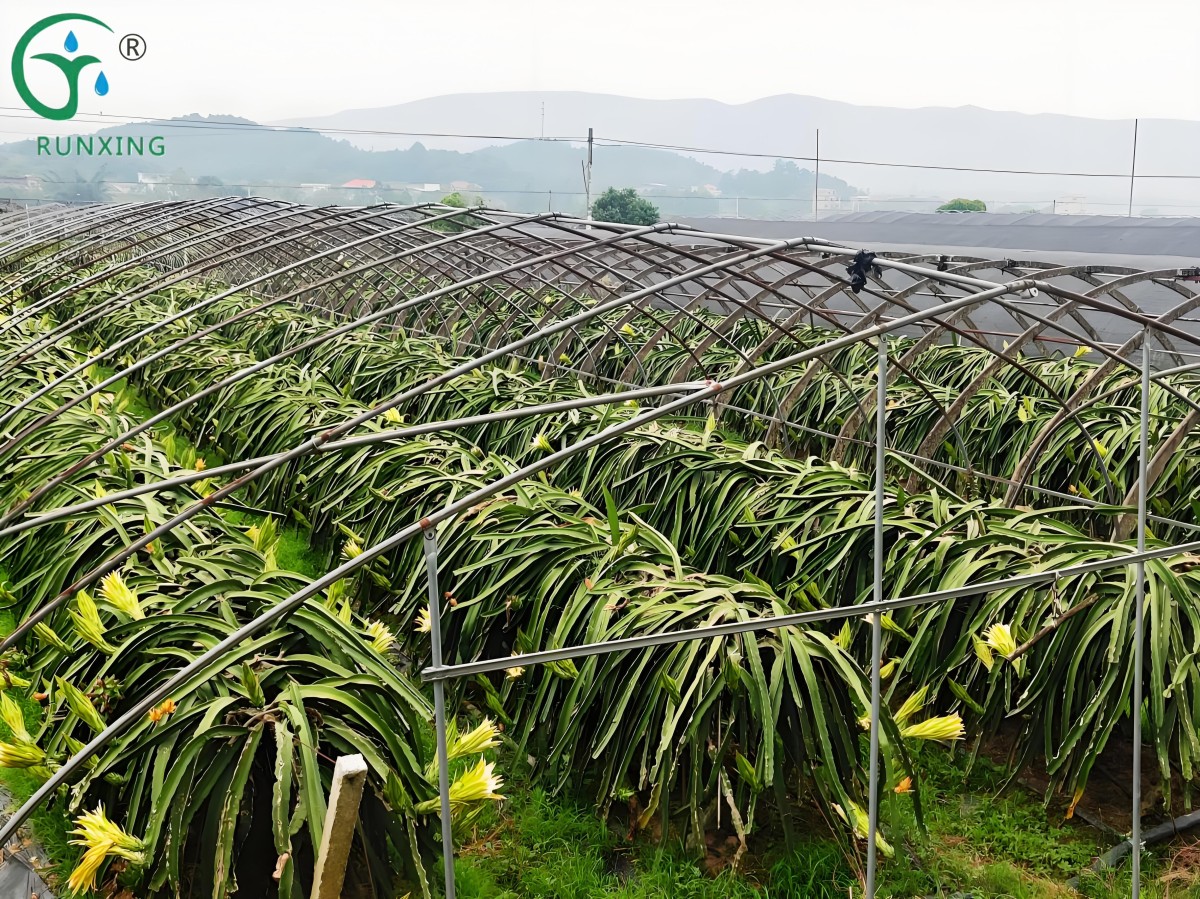A Guide to Pitaya Planting and Drip Irrigation Technology in Brazil
In Brazil, a land intertwined with tropical and subtropical climates, pitaya (dragon fruit) is cherished for its unique taste and rich nutritional value. To ensure high yields and superior quality of pitaya, scientific planting management is crucial, with drip irrigation facilities playing an indispensable role. This article will delve into the importance of drip irrigation in pitaya planting in Brazil, the required equipment, installation methods, water usage control, and planting tips.

Does Pitaya Planting in Brazil Require Drip Irrigation Facilities?
The answer is yes. Although pitaya is drought-tolerant, it still requires an appropriate amount of water throughout its growth cycle. Drip irrigation, as an efficient and water-saving irrigation method, precisely delivers water and nutrients to the pitaya roots, improving water and fertilizer utilization efficiency, reducing water evaporation and waste, and thereby promoting healthy growth and increased yields of pitaya.
What Drip Irrigation Equipment is Needed?
The drip irrigation system mainly includes the following components:
Water Source: Can be groundwater, tap water, or a rainwater collection system, ensuring the water is clean and uncontaminated.
Water Pump: Used to pressurize water into the piping system.
Filter: Such as mesh filters, centrifugal filters, etc., to remove impurities from the water and prevent clogging of drippers.
Fertilizer Injector: Such as fertilizer tanks, Venturi fertilizer injectors, etc., used to dissolve and store fertilizers, enabling simultaneous supply of water and fertilizer.
Piping System: Including main pipelines (PE pipes, PVC pipes, etc.) and branch pipelines, responsible for transporting fertilizer water to various corners of the orchard.
Drippers: Responsible for accurately dripping fertilizer water into the roots of pitaya plants.

How to Lay Out and Install the System?
The steps for laying out and installing the drip irrigation system are as follows:
Planning and Layout: Based on the growth characteristics of pitaya and the actual conditions of the orchard, reasonably plan the pipeline layout.
Installing Main Pipelines: Securely connect the main pipelines to the water source and water pump, ensuring tight connections without leaks.
Installing Branch Pipelines and Drippers: Drill holes in the main pipelines and install connectors, connect branch pipelines, and then install an appropriate number of drippers on the branch pipelines to ensure uniform coverage of fertilizer water around the roots of each tree.
System Debugging: Turn on the water source, check the piping system for leaks, adjust the flow rate of the drippers, and ensure uniform supply of fertilizer water.
How Much Water is Needed and How to Control It?
The water consumption of pitaya depends on its growth stage and weather conditions. Generally, the soil moisture content during the pitaya growth period should be maintained at 60%~80%. During dry weather, the concentration and application rate of fertilizer water should be appropriately increased. Additionally, sensors and controllers can be installed to monitor real-time environmental parameters such as soil moisture and temperature in the orchard, and automatically adjust the supply volume and concentration of fertilizer water based on monitoring results. Regularly checking the fertilizer concentration and remaining volume in the fertilizer tank is also key to ensuring continuous supply of fertilizer water.
How to Better Plant Pitaya?
In addition to the application of drip irrigation facilities, the following planting tips also contribute to increasing pitaya yields and quality:
Soil Management: Use well-aerated, well-drained nutrient-rich soil and add humus to improve soil texture.
Fertilizer Selection: Reasonably combine fertilizers based on pitaya's growth needs and soil conditions, such as nitrogen, phosphorus, and potassium fertilizers.
Pruning Management: Prune pitaya plants to control height and promote new growth during the summer each year, maintaining an aesthetic plant shape.
Pest and Disease Control: Regularly inspect the orchard, and promptly control pests and diseases to avoid impacting pitaya growth.
Additional Planting Tips
Timely Watering: Ensure adequate soil moisture during critical periods such as before and after pitaya sprouting, flowering, and fruit enlargement. Avoid watering excessively when the soil is already dry to prevent adverse effects on the roots and soil.
Reasonable Light Exposure: Pitaya prefers sunny environments but should avoid prolonged intense direct sunlight to prevent plant wilting.
Temperature Control: The optimal growth temperature for pitaya is between 25~35°C. Excessively high or low temperatures can affect its normal growth.

In summary, drip irrigation facilities play a significant role in pitaya planting in Brazil. By rationally configuring and operating drip irrigation systems, combined with scientific planting management techniques, high yields and superior quality of pitaya can be achieved. It is hoped that this article can provide useful reference and guidance for pitaya growers.
If you have any needs, please contact us.
About Us
We are dedicated to offering innovative, water-saving, and labor-saving irrigation solutions for agriculture worldwide. Our focus on quality and continuous innovation drives the development and progress of the industry
LOGO
This stunning beach house property is a true oasis, nestled in a serene coastal community with direct access to the beach.
Opening Hours
Monday - Friday : 9AM to 5PM
Sunday: Closed
Closed during holidays
Contact
+18888888888
hezuo@eyingbao.com123 West Street, Melbourne Victoria 3000 Australia
